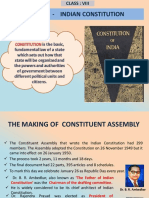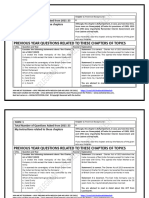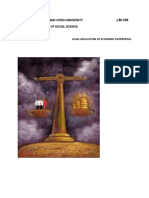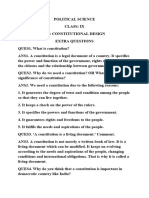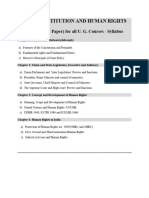0% found this document useful (0 votes)
26 views8 pagesClass IX - DP-CH 2-Notes
Chapter 2 discusses the constitutional design in South Africa and India, highlighting the historical context of apartheid and the struggle for democracy led by figures like Nelson Mandela. It outlines the importance of a constitution in establishing governance, protecting rights, and fostering unity, particularly in post-apartheid South Africa and post-colonial India. The chapter also details the making of the Indian Constitution, its guiding values, and the significance of the Preamble in shaping the nation's identity.
Uploaded by
aarya.manohar2020Copyright
© © All Rights Reserved
We take content rights seriously. If you suspect this is your content, claim it here.
Available Formats
Download as PDF, TXT or read online on Scribd
0% found this document useful (0 votes)
26 views8 pagesClass IX - DP-CH 2-Notes
Chapter 2 discusses the constitutional design in South Africa and India, highlighting the historical context of apartheid and the struggle for democracy led by figures like Nelson Mandela. It outlines the importance of a constitution in establishing governance, protecting rights, and fostering unity, particularly in post-apartheid South Africa and post-colonial India. The chapter also details the making of the Indian Constitution, its guiding values, and the significance of the Preamble in shaping the nation's identity.
Uploaded by
aarya.manohar2020Copyright
© © All Rights Reserved
We take content rights seriously. If you suspect this is your content, claim it here.
Available Formats
Download as PDF, TXT or read online on Scribd
/ 8


































